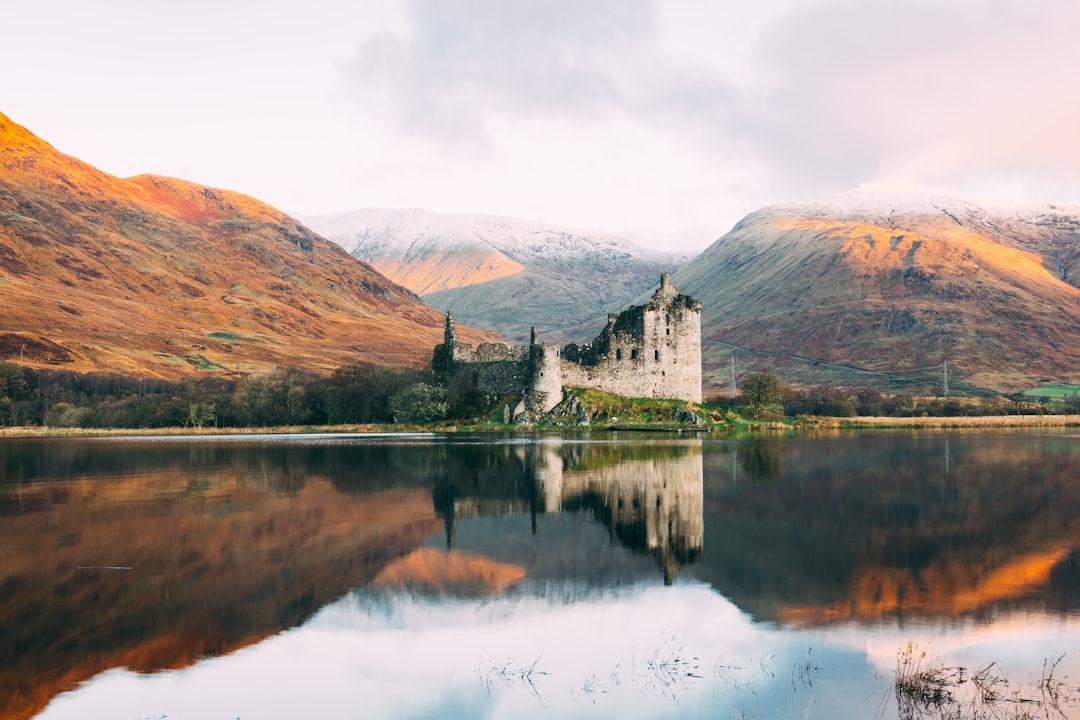Pirate Queens and Barbary Apes
Egyptian migrations to Eriú
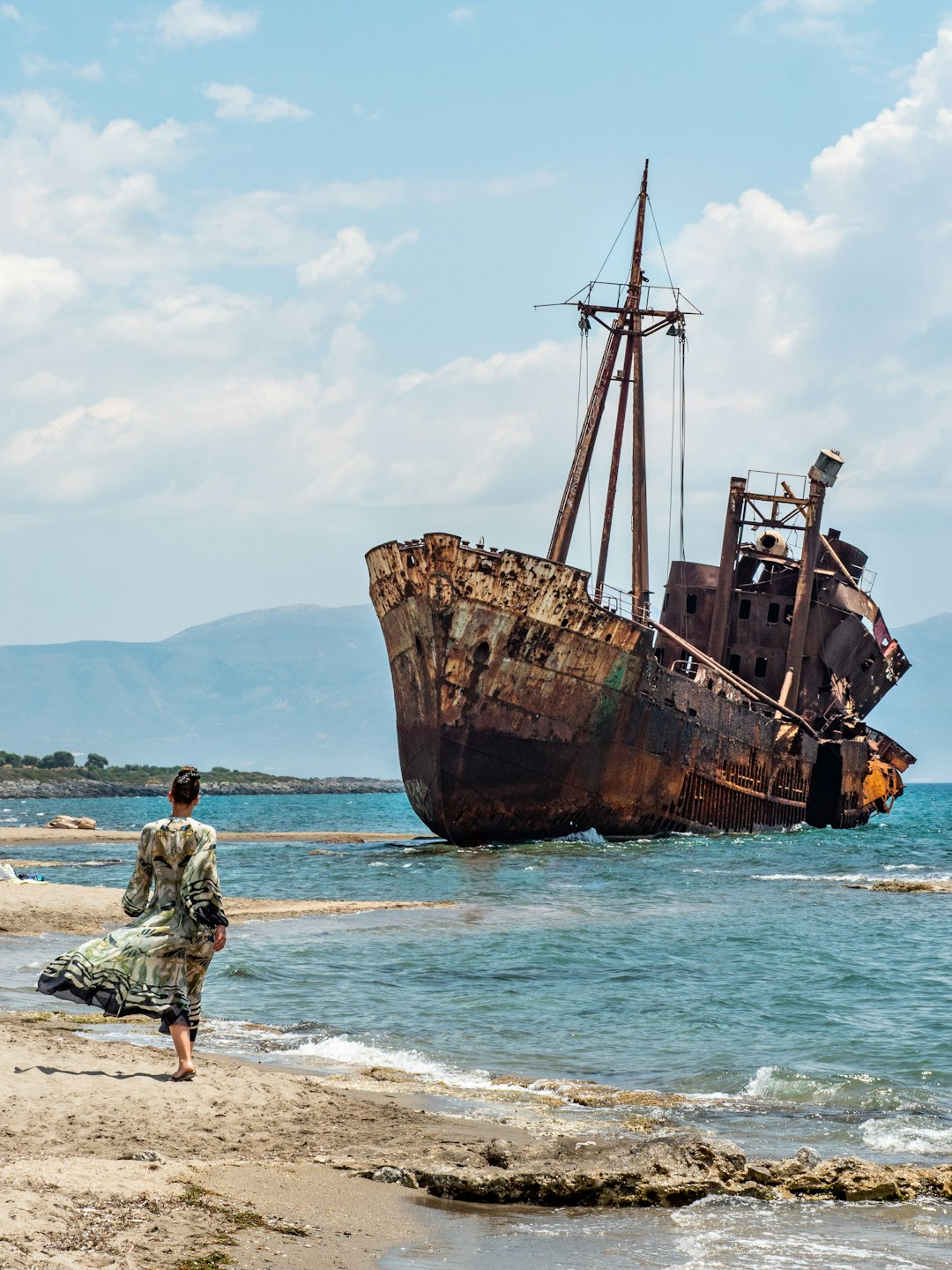
An ivory tusk was found by a diver in Baltimore, Co. Cork some years ago. ‘It shows what a reticent archivist the sea is, holding its secrets for years, then releasing a tiny detail of evidence.’ (Bob Quinn, Atlantean Ireland, p.71) There was a whole cohort of Algerian pirates in Ireland, which may explain where the tusk came from. Stranger things have been found off the coast of Ireland and on the land. Smuggling, back then, was a good way of avoiding the horrors of English tax, so it was inevitable the Irish would comandeer pirate ships, too. Who would want to pay English taxes? Better the devil you don’t know, than the devil you do. Anybody with common sense would become a pirate.
On 20th June 1631, Baltimore in West Cork Ireland was sacked by pirates from the Barbary Coast of North Africa, led by a Dutch captian (Murad Reis) who’d been enslaved by Algerians. They were a fleet of Barbary Corsairs, pirates from the coast of North Africa. At two in the morning, they ran up the pebbled beach and attacked. Hackett the ‘papist’ who captained a fishing boat, piloted the pirates and was hanged from a clifftop for this ‘crime’. "Hackett brought them to Baltimore about ten o'clock in the night, and they cast anchor on the east side of the harbour's mouth, about a muskett shot from the shore, of whose coming none of the inhabitants had any notice, they came so late, for the sun setting they were seen, but not known, near Castlehaven. When they had moored their ships, the captain and ten Turks came in one of their boats into the said harbour, and they bound oacombe about their oars, least the noise might discover them. Fawlett piloted them along all the shore, and showed them how the town did stand, relating unto them where the most able men had their abode.” The Annals of Kinsale
“By the universal law of nations, robbery or forcible depredation upon the "high seas," animo furandi, is piracy. The meaning of the phrase "high seas," embraces not only the waters of the ocean, which are out of sight of land, but the waters on the sea coast below low water mark, whether within the territorial boundaries of a foreign nation, or of a domestic state. But between the high water mark and low water mark, where the tide ebbs and flows, the common law and the Admiralty have divisum imperium, an alternate jurisdiction, one upon the water when it is full sea; the other upon the land when it is ebb.” (THE PIRATES OWN BOOK, Narratives of the Most Celebrated Sea Robbers, Charles Ellms, 1837)
Murad’s mostly Algerian crew covertly captured 107 villagers from ‘The Cove’ who were in fact mostly English settlers and some local Irish people. There may have been 237 of them, many of them children. They were put in irons and enslaved in Algiers. Some lived as galley slaves, rowing for years at sea, never seeing land again. Just three returned to Ireland and ransomed in 1646. But nobody paid the ransom.
Out of terror, Baltimore was deserted, the inhabitants fled for safety to the more inland Skibereen. Some say the whole escapade was secretly plotted by Walter Coppinger, a Catholic Lawyer, to take control of the village from the Cheiftain Sir Fineen O’Driscoll (aka Fineen of the ships, or The Rover) who had licensed the pichard fishery in Baltimore to English settlers. Fineen’s brother in law was Donal II O’Donovan, an ancestor of my own. The O’Driscolls were a powerful family whose lands stretched across Cork. Sir Fineen, knighted by Queen Elizabeth I, (a known lover of pirates) having insufficient military force, she sanctioned piracy by creating a fleet of privateers like Sir Francis Drake. And so began the colonisation of the West Indies.

In the early 1600s, a group of English sea captains found themselves hiding out in Ireland. Queen Elizabeth employed them as “privateers” (a nice English name for pirates) to raid the ships of her Spanish rivals. The locals helped, and plundered the profits. Merchants sponsored pirate missions. The judiciary took, even the Vice-Admiral of Munster a piece of the pie. In Dutchman’s Cove and Canty’s Cove, steps were carved out of rock to facilitate the movement of goods up from the beach. At Leamcon Castle, William Hull ran a thriving enterprise dealing with stolen goods.

Crookhaven in West Cork, originally named for local baronet Sir Thomas Crooke, served as a base for smugglers and pirates. According to Sir Henry Mainwaring, a pirate turned pirate hunter, “Ireland may well be called the nursery and storehouse of pirates.” But in 1613 when the Dutch attacked Crookhaven Harbour, some of the pirates escaped to seek their fortunes on the Barbary Coast or in the Caribbean.
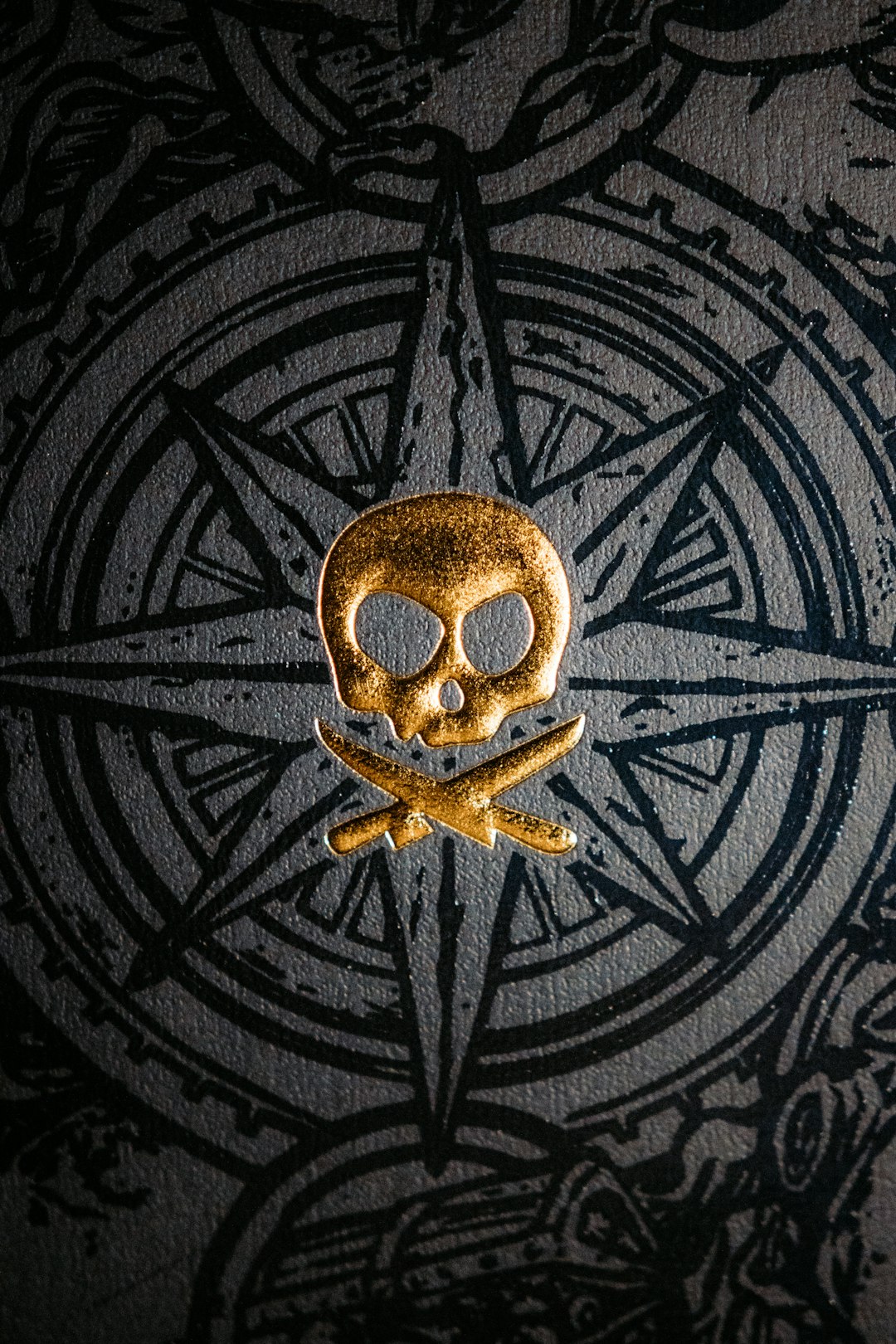
And then there was the Queen of Pirates, Gráinne Ní Mháille, daughter of the O’Malley chieftain of Clew Bay in Co. Mayo, known by the English as Grace O’Malley. Her first uselss husband saw her take over his role as cheiftain, and from her second husband she took control of Rockfleet Castle on Clew Bay.
At 56 years old, O’Malley had been captured and imprisoned by Sir Richard Bingham, the English governor of Connaught who had also arrested her brother and sons (Tibbot Burke and Murrough O'Flaherty, and her half-brother, Dónal na Píopa). O’Malley petitioned the Crown for the release of her people and herself. Grace’s conversation, in 1593 in Greenwich Castle, with the Queen, was in English, using a dictionary, as Queen Elizabeth for some reason spoke no Irish, and Grace no Latin. The foclóir (dictionary) in English-Irish with which Queen Elizabeth communicated with her is still in the library of Farmleigh House, Co. Dublin. Grace was given some reprieve on on the condition she ceased pirating, a grand offer from the Queen of Piracy, Elizabeth, herself. Grace never got back the land that Bingham had stolen from her.
Now, all of this piracy and its connections to North Africa bring us to the rarely spoken about connection between Egypt and ireland. This goes much, much further back in time, firstly to the skeleton of a 15-year-old boy at The Mound of the Hostages, near Tara, by Dr. Seán Ó Riordan of Trinity College. Carbon dating showed that the skelton was around 3,800 years old. A necklace found with the skeleton was made of faience, a mixture of powdered clays and lime, soda and silica sand, fired into beads, which are Egyptian.
Other strange skeletons have been found in excavations near Tara, at Lismullen Henge, the bones of what was like a dog or a badger or, as some have claimed, that of an ape. This has never been properly investigated. In A Course of Severe and Arduous Trials , author Lynn Brunet writes: “Furthermore, the Irish Masonic author, J. A. Penny notes that a skeleton of a Barbary ape had been found at Tara, the mythical center of Ireland and seat of the High King.” The Barbary macaque (Macaca sylvanus), also known as Barbary ape, is a macaque species native to the Atlas Mountains of Algerian, Libya, Tunisia and Morocco.
Why are these bones in Ireland? They were also found in Eimhain Macha (Navan Fort) in County Armagh, where the skull of a Barbary ape was found. When it was carbon dated it was discovered to be roughly 2,500 years old. SEe more here.(Moriarty, Colm. “A Barbary Ape Skull from Navan Fort, Co. Armagh ”. 2014. IrishArchaeology.ie)
Think of Thoth, who was called Hermes by the Greeks, a moon god who brought wisdom and writing to the world, often represented by a baboon, or the North African ape.
Thoth is also known as Thoout or Thaut. Thoout Dai translates as ‘Thoth’s crossing’, Thoout DAt translates to ‘Thoth’s journey by boat’ and Thoout Da translates as ‘Thoth’s storm’. According to Lebor Gabála Érenn, the Book of Invasions, the Tuatha came to Ireland "in dark clouds". The etymological links indicate a connection with the Tuatha Dé Danann, and their arrival in Ireland.
The burial of the bones of the barbary ape in Ireland may not be as wildly random as was first thought, if we allow for the cosomological and etymological ‘coincidences’. The failure to fully investigate their appearance in burial sites in ireland indicates a bias in the archaelogical establishment. And where on earth did we get those radiant golden torcs that lie in glass cabinets in the National Museum of Ireland? It has never been explained how we got those torcs. We were not wealthy.
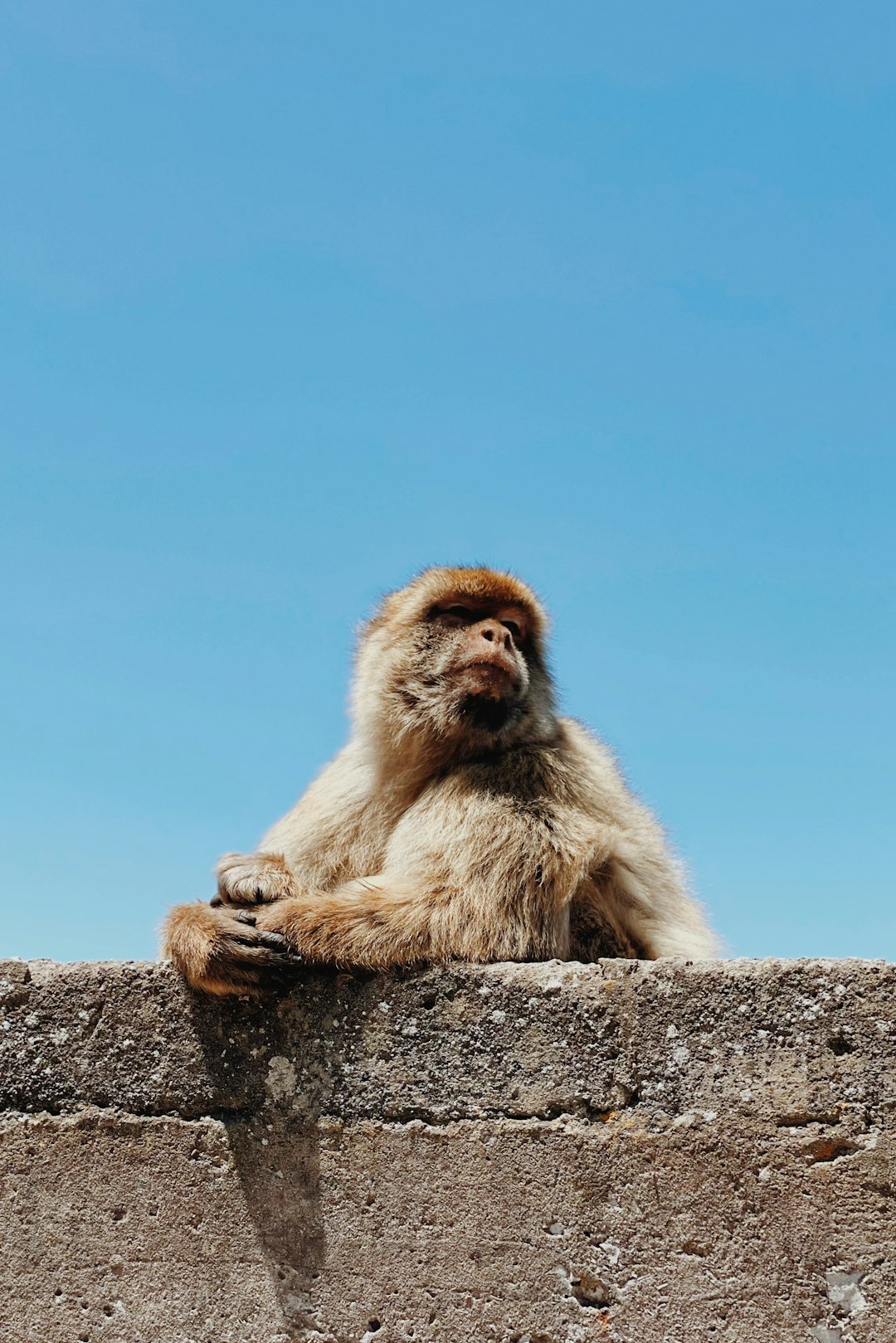
There are other connections of the Tuatha De Danann with Egypt. Scota, Mother of Scotland and Daughter of a Pharaoh, arrived in Ireland in 1700 BC. Known to many as the Mother of the Scottish People in Irish and Scottish mythology, she married the Greek prince Geylothos. Exiled from Egypt after the death of her father, Scota travelled to Iberia (present day Spain and Portugal) where, for several generations she and her people warred with local tribes on the northwest point of the Iberian peninsula. They travelled on boats to find new land, and found the island of Ireland. Some found Scotland. Those who followed King Geylothos declared themselves ‘Scots’ in honor of queen Scota. Virgil and Menetho, the Egyptian historian (of the Ptolemaic Kingdom, 3rd BC), who wrote about Danus, a wayward prince in Egypt who upset his brother the Pharaoh, went to Greece, back to Egypt only to be exiled again. This matches the Scota story. Many have read Scotachronicon (by Walter Bower in 1449), which lists the Pharoahos of Egypt of the time and puts forward this story of Scota as very credible. Manetho’s records are used for this purpose. The question was, why was a Pharaoh kicked out of Egypt, at all? They call him Akhenatan. They picked the only era in Egypt when a Pharaoh could have been exiled. This makes the story of Scota even more possible, along with the DNA connections between the Irish and the people of the Iberian peninsula. The Irish people also have genetic connections to those in Scotland. Geneticists themselves seem to conclude that the two groups have a common ancestor, indicating that Scota might have actually existed.
Some scholars claim that Scota is Meriaten or Ankhesenamun, one of the daughters of the (least popular) Egyptian Pharaoh Akhenaten, who could well have been exiled with a flotilla of ships, into the setting sun, to the East coast of Spain. There was Delta where they selled, called the Ibro, and that is the Egyptian word for ‘river’. This land became known as Hiberia. Ireland, called Hibernia is virtually the same in the Scotichronicon.
According to the 11th-century Lebor Gabála Érenn (Book of Invasions), Milesius, leader of one of Ireland’s invaders lost two of his sons nearby in 1400 BC when the Tuatha Dé Danann, masters of weather manipulation, submerged their ship in a fierce storm. The Milesians were the third group to settle in the Tralee region after landing in Waterville, Kerry. They had many battles with the Tuatha Dé Danaan, the greatest of which was the battle of Sliabh Mish. The Tuatha Dé Danann (the Tribe of the goddess Danú), were the fifth group of people to settle Ireland between 1900 and 1500 BC, having defeated the Fir Bolg. The Celtic Milesians defeated the Tuatha Dé Danann but Scota, the Queen of the Milesians, died in battle while pregnant, while trying to jump over a bank on horseback. The place of her death is known as Scotia's Glen and her grave lies under an huge stone that is said to be inscribed with Egyptian hieroglyphs. The grave lies on the southern slopes of Knockmichael Mountain in the Slieve Mish Mountain range at the east end of the Dingle Peninsula. She had come to Ireland to avenge her husband, the King of the Milesians, wounded in a previous ambush in south Kerry. In later centuries, these Milesians returned to Scotland, defeating the Picts, giving Scotland its name. Scota was the ancestor of the ‘Scotti’people, who became the Milesians who conquered Ireland, the Isle of Man, and parts of Argyle. They settled in Argyll and north of where the Romans built Hadrian’s Wall. This is what came to be called Scotland after her and her people. Where did the Red Hand of ulster come from? Akhenatan had red gloves…
The Tuatha Dé Danann were great warriors. As late as the Battle of Clontarf, they are recorded in battle. On April 23, 1014 “a fairy women and phantom-hosts were to the Irish unquestionable existences, as real as ordinary men and women. The fairy woman Aoibheall came to Dunlang O'Hartigan before the battle and begged him not to fight, promising him life and happiness for two hundred years if he would put off fighting for a single day but the patriotic Irishman said he’d fight for Ireland, and then the fairy woman foretold how he and his friend Murrough, and Brian and Conaing and all the nobles of Erin and even his own son Turlough, were fated to fall in the conflict.” (Evans Wentz )
Who, then, was first on the island of Eriú? More pirates? They say it was Cesair (‘sesser’), granddaughter of Noah, refused entry to the Ark by him. Creating three of her own arks at ten years old, her foster father, an Egyptian priest, told her to gather a group to escape the oncoming flood. She took as many strong, skilled women she could find. Cesair offered to bring two men, Fintan Mac Bochra and Ladra, if they honoured her leadership. The set sail for Inis Fáil (the land of destiny) because it was not populated by any man and no sin had been committed there. They would be safe from the flood that would cleanse the world of evil. The journey was a perilous one of seven years. The date 2361 BC is recorded in ‘The Annals of the Four Masters’, that one ship survived with fifty women and three men. The ‘Lebor Gabla Éreann’, The Book of Invasions states that the first in Eriú were the people of Cesair, then the people of Partholon, the people of Nemed, the mysterious Fir Bolg, the supernatural Tuatha Dé Danann, and finally the Milesians who are the Gaels from which the modern people of Ireland are descended.
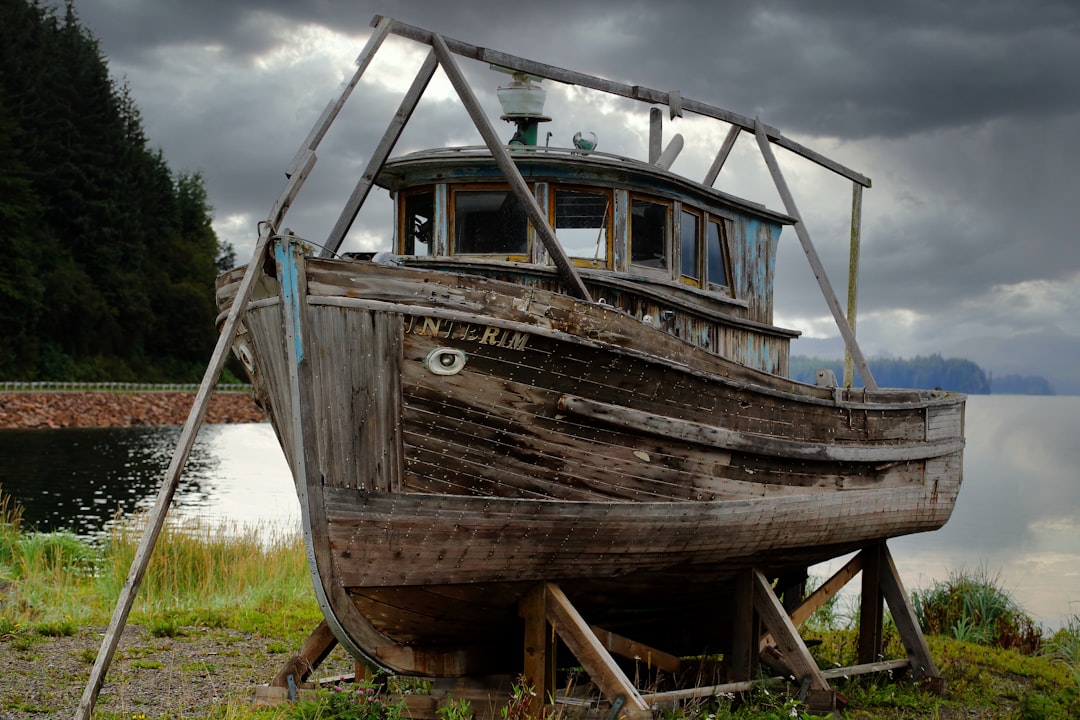
Cesair didn’t have an easy time of it when she landed here. She divided the women into three groups, each of which was to take one of the men to populate the land. They divided up the sheep they had brought with them (the first sheep to come to Ireland). Cesair was in Fintan's group. Banba, a great warrior woman, was the leader of Ladra's group.
So, the mammoth task lay with three male warriors. Bith, the third man, got too ill to impregnate sixteen women. He became the first man to be buried in Ireland. Cesair and Alba divided his women and brought them into their own groups. Ladra, incapable of coming up with the goods also died, which left Fintan as the only man on an island of fifty women. The poor man.
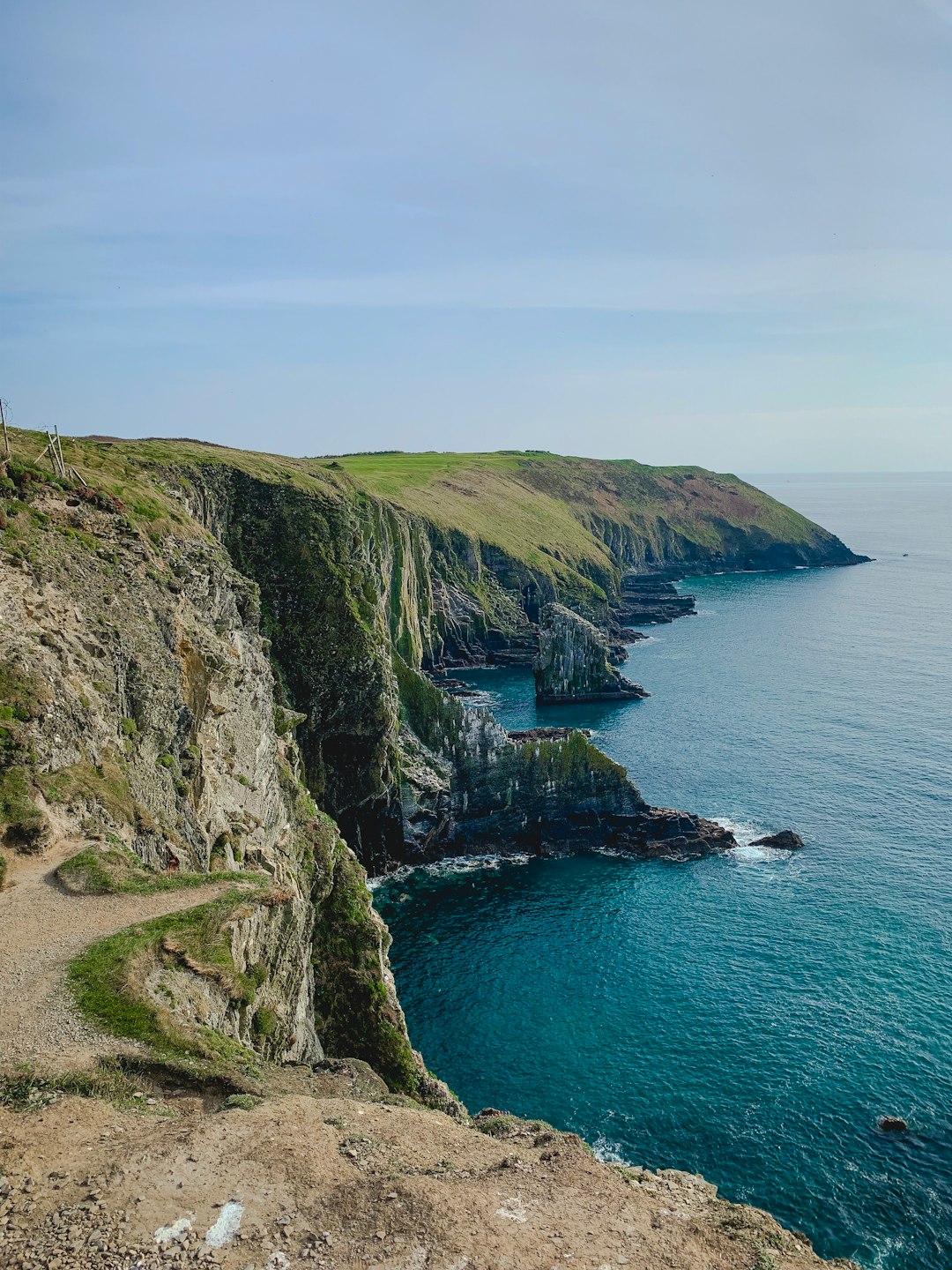
Fintan fled to a mountain cave and when the flood struck he took the form of a salmon fish, and then a hawk, surviving for over five thousand years.
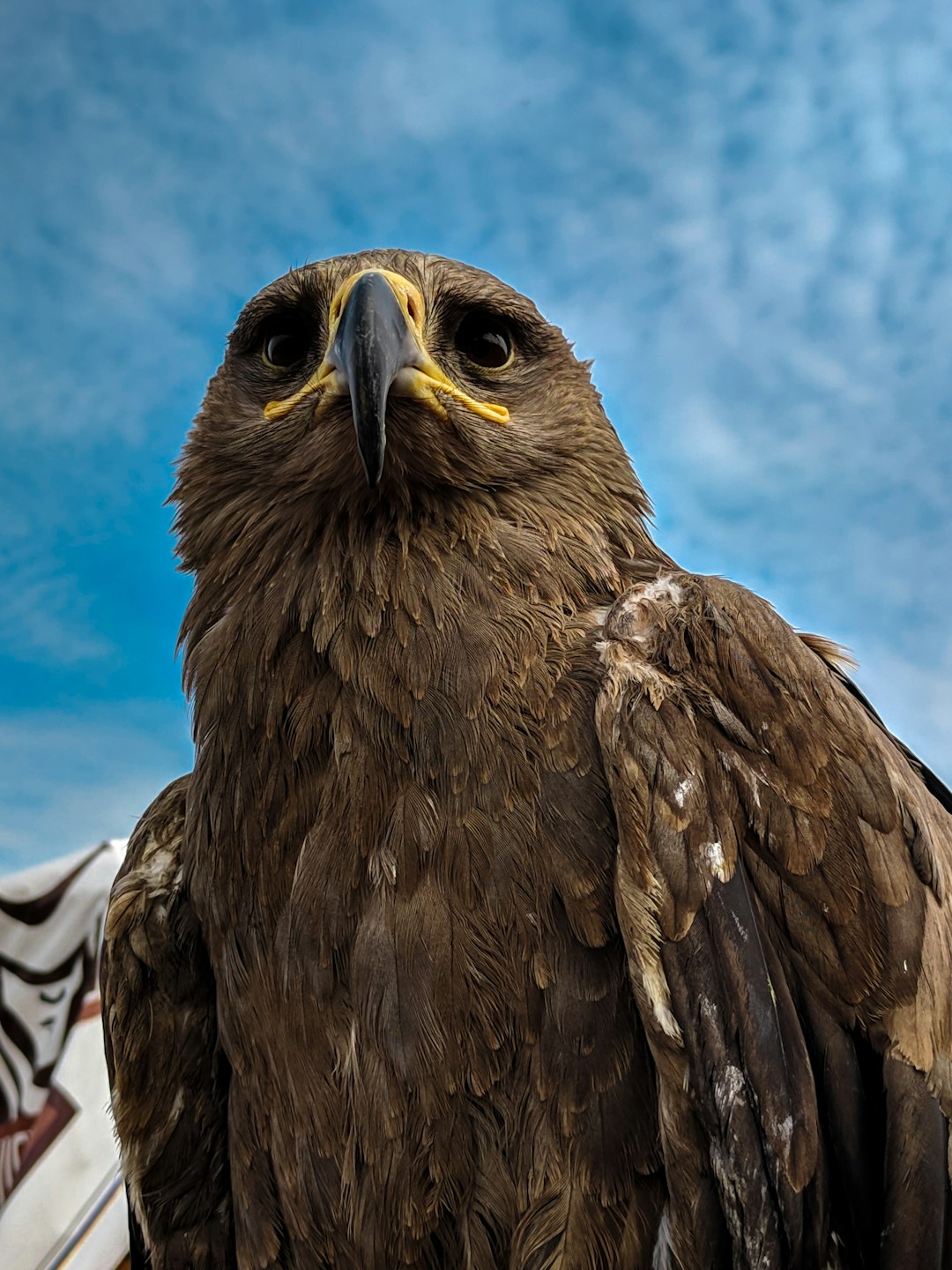
Cesair was broken-hearted. She too died. The remaining women they were all washed away in the flood, all apart from Banba. Banba and Fintan, the only two to survive, came together to form the mysterious and supernatural Formorians.
It was a strange start to life on this little island. It might explain how things went slightly wrong. Cesair, however, did have great power and sexuality as many early Irish Goddesses do. The story is strangley romantic and tragic, and it also ties the Irish, once again, to Egypt and the ancient civilisations of Greece.
If you are interested in such extraordinary tales and peculiar discoveries, please come to our epic featival "Tuatha Dé Danann”, on 27-29th May in Cork. It’s booking up fast but it will be an epic, mythic weekend of music, poetry, mythology.
https://www.eventbrite.ie/e/tuatha-de-danann-tickets-567878920137











